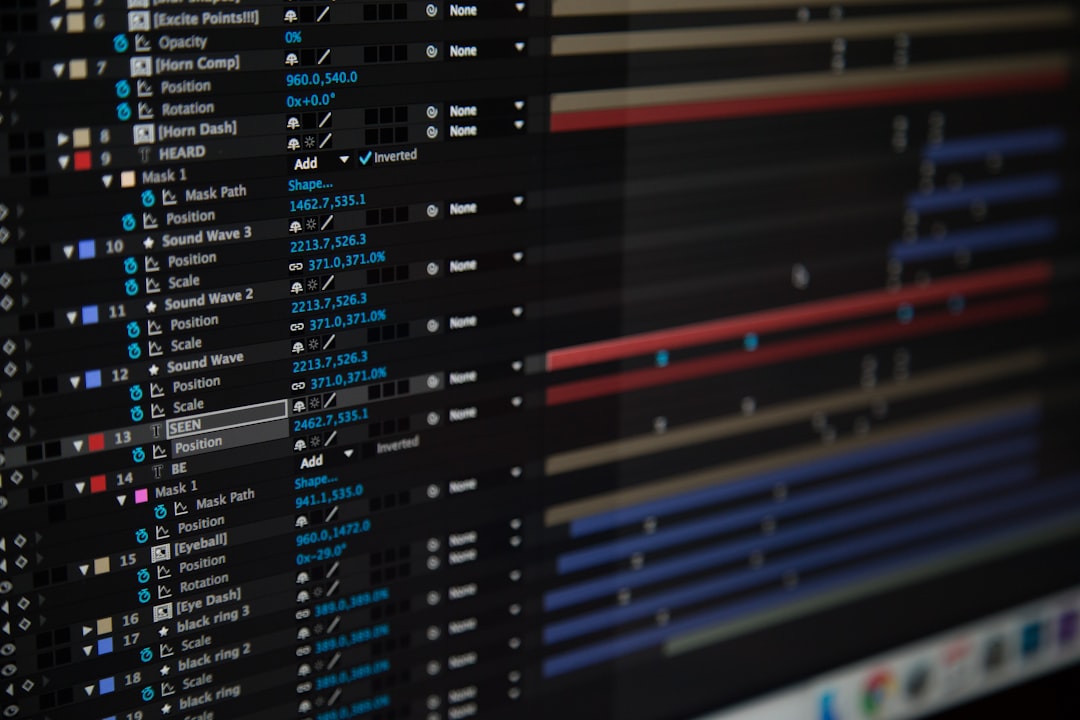Setting restock levels is one of the most critical aspects of inventory management. For decades, businesses have relied on the classic minimum/maximum (Min/Max) inventory method to determine when and how much to reorder. It’s simple, easy to implement, and widely understood. But as supply chain complexity increases and customer expectations evolve, is the Min/Max model still the best approach for managing inventory?
Min/Max inventory control works by establishing two key thresholds: the minimum (or reorder point) and the maximum (or ideal target level). When stock levels fall below the minimum, a reorder is triggered to reach the maximum level again. While this approach has served businesses for years, it’s important to examine whether it still meets modern needs.
Advantages of Min/Max Inventory
The popularity of Min/Max inventory stems from its simplicity and ease of implementation. Among its advantages are:
- Ease of Use: No advanced calculations, software, or forecasting models are required. Defining the two parameters can usually be done manually or within most ERP systems.
- Predictable Replenishment: The model provides a clearly defined point at which restocking occurs, which can be helpful in maintaining consistency.
- Low Initial Resource Requirement: Small- to medium-sized businesses with limited staffing and budget often benefit from Min/Max due to its minimal operational complexity.
For businesses in stable environments with consistent demand, Min/Max may offer a reasonable balance between efficiency and control.

Limitations and Challenges
Despite its benefits, the Min/Max approach has several significant limitations:
- Static Thresholds: Min and Max values are often fixed and do not account for seasonal fluctuations, promotional periods, or market volatility. This can lead to either overstocking or stockouts.
- No Demand Forecasting: The model does not incorporate predictive analytics. If demand spikes or supply delays occur, the business has no adaptive mechanism to respond proactively.
- Inventory Carrying Costs: Because inventory is restored to its maximum level after each reorder, businesses may carry more stock than necessary, increasing storage costs and risk of obsolescence.
- Reactivity Instead of Proactivity: Min/Max is inherently reactive. It only takes action after inventory has dropped below a set level, potentially missing opportunities for more strategic planning.
In dynamic markets—such as retail, technology, or seasonal food production—this can lead to lower customer satisfaction and lost sales.
Modern Alternatives to Min/Max
With improved technology and access to data-driven insights, more advanced inventory planning methods have emerged. These alternatives focus on adaptability, real-time visibility, and predictive analytics. Some modern solutions include:
- Demand Forecasting Models: Use AI and historical data to project future sales trends and adjust restocking levels accordingly.
- Just-In-Time (JIT) Inventory: Reduces holding costs by syncing restocks with production schedules and customer demand.
- Dynamic Reorder Point Systems: These systems continuously analyze consumption patterns and supplier performance to adjust thresholds automatically.
- Service Level-Based Planning: Focuses on the probability of meeting customer requirements rather than baking assumptions into fixed Min/Max points.

When Does Min/Max Still Make Sense?
It’s important to note that Min/Max is not a flawed system but one that may be ill-suited to modern complexities in certain industries. For some businesses, particularly those with low product variability, consistent demand, and few supply disruptions, Min/Max is still a viable solution.
Common examples include:
- Long-life, non-perishable goods.
- Products with stable, predictable demand patterns.
- Environments where advanced systems are not financially justified.
However, for companies facing variable demand, complex distribution networks, or rapid market shifts, the risks of using Min/Max may outweigh the benefits.
Conclusion
The Min/Max inventory model remains an accessible and familiar tool for many businesses looking to manage restocking with minimal oversight. However, in a world of frequent supply chain disruptions, rapid demand fluctuations, and rising customer expectations, relying solely on Min/Max may no longer be sufficient.
Today’s inventory leaders are shifting toward data-driven, adaptive systems that respond in real time and prioritize efficiency without compromising service levels. For most businesses, evaluating whether Min/Max is helping or hindering their operations is a crucial first step toward smarter inventory management.



